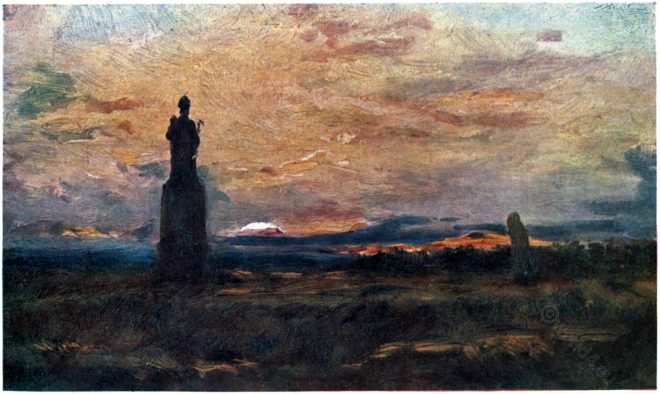Cologne, viewed from the water, appears with more of ancient majesty than from any other point.
Category: Germany
Bavarian Army Uniforms. Ulan, Hussar, Chevauleger around 1815.
Bavarian Military. Ulan, Common. National Chevauleger. Regiment Prince Charles. Hussar, 2nd Regiment.
Bavarian Military. Uhlan, Garde du Corps, Cuirassier, Trumpeter.
Bavarian military uniforms at the time of the Napoleonic Wars (Coalition Wars)
Bavaria. Infantry Regiment. Grenadier Guards. Chevauleger.
Bavarian military uniforms at the time of the Napoleonic Wars (Coalition Wars).
Bavarian Military Uniforms 1812-1825
Bavarian military uniforms at the time of the Napoleonic Wars (Coalition Wars)
The dress of the people of the fourteenth century
Costumes of the late Middle Ages. Fourtenth century. The period is one of lavish use of color.
Monasteries and Cloisters as Centres of learning and Culture.
The history of monasticism reveals the fact that In every field of thought and activity this institution wrought good and evil.
The Wartburg, a famous castle in Thuringia, Germany.
THE WARTBURG lies on the north-western slope of the Thuringer Forest. Romantic castles and palaces as seen and described by famous writers
Early 16th century clothing of a German magistrate and knight.
Garment of a German magistrate and knight at the beginning of the 16th century.
German Knights Family. Medieval Garb. 13th century
German knight in chain mail, sword and shield. Knight’s son in tabard over armour and sword. Noble lady in cotte.










